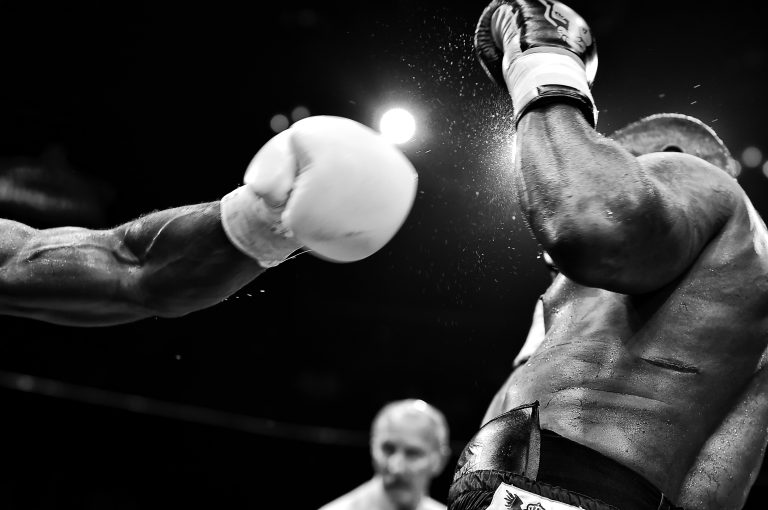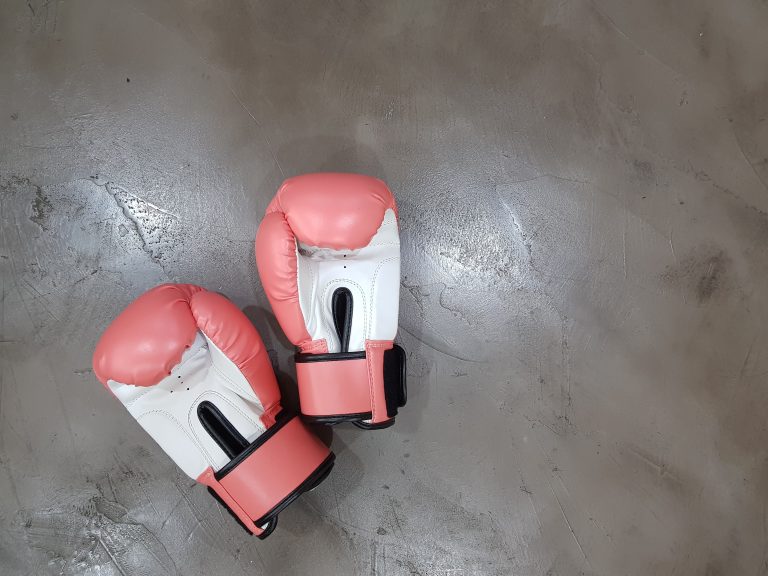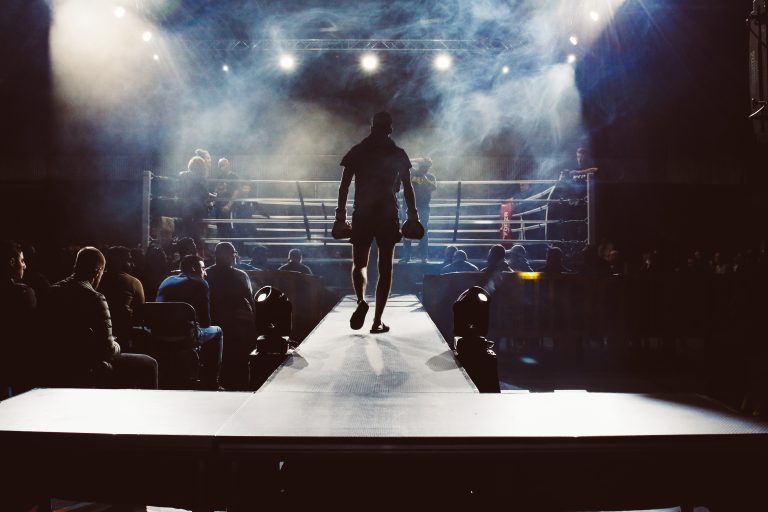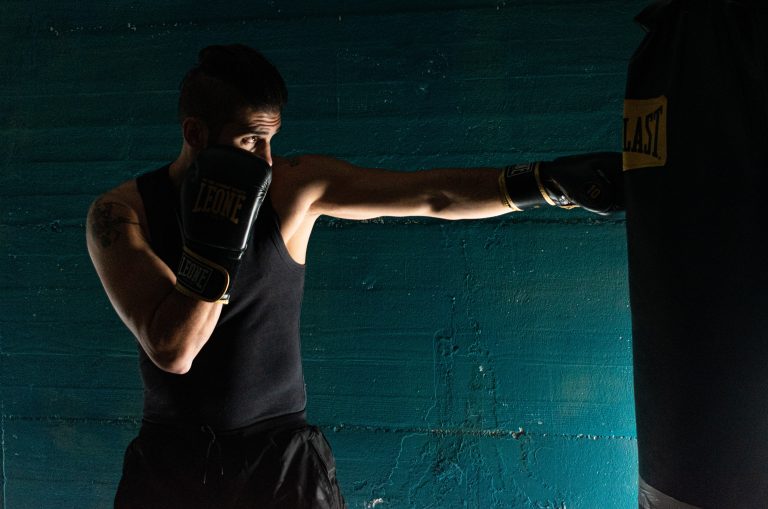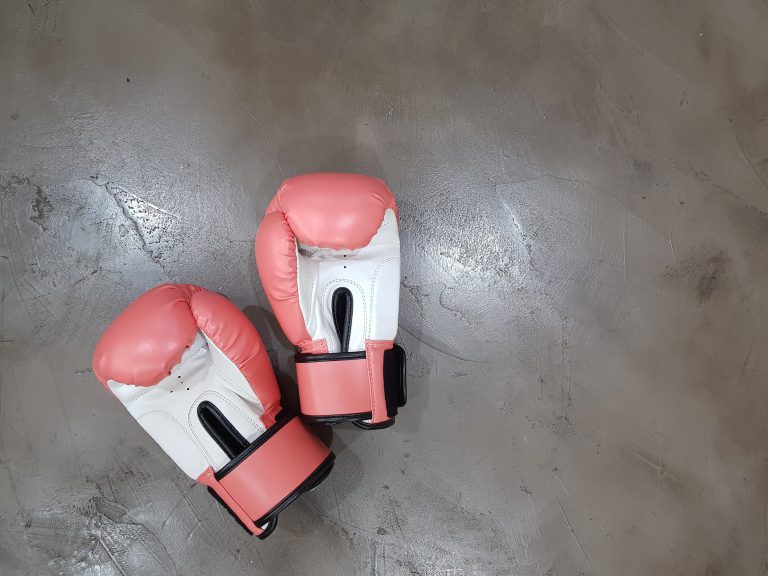Karate: Wie man einen erfolgreichen Kata ausführt
Karate ist eine japanische Kampfkunst, die vor allem für ihre aufwändigen Bewegungsabläufe und Praktiken bekannt ist. Eine dieser Praktiken ist die Kata, eine Choreographie von Kampfbewegungen, die auf jahrhundertealte Kampftechniken zurückgehen. In einem Karate-Dojo wird die Kata als Teil der Meditation und der Konzentration verwendet, aber auch als Teil der Kampfvorbereitung. Doch wie führt man einen erfolgreichen Kata aus?
In diesem Blog-Beitrag werden wir uns ansehen, welche Schritte notwendig sind, um eine Kata erfolgreich auszuführen. Wir werden uns auch mit den wichtigsten Grundlagen der Kata, ihrer Geschichte und den verschiedenen Arten von Katas beschäftigen. Zudem werden wir einige Tipps und Ratschläge geben, die Ihnen helfen sollen, sich optimal auf eine Kata vorzubereiten.
Grundlagen der Kata
Kata ist ein japanisches Wort, das im Allgemeinen als ‘Form’ oder ‘Muster’ übersetzt wird. Es bezieht sich auf eine Reihe vorgegebener Bewegungen, die als eine Einheit ausgeführt werden. Diese Bewegungen sind so konzipiert, dass sie das gleiche Ergebnis erzielen, egal ob man sie allein oder mit einem Partner ausführt. Kata ist auch eine sehr effektive Form des Training, da sie die Fähigkeit verbessert, Bewegungen zu kombinieren und zu variieren.
Kata hat seinen Ursprung in der Kampfkunst Okinawa-te, die in der Ryukyu-Inselgruppe im Südwesten Japans entwickelt wurde. Die Ryukyu-Krieger wanderten nach Okinawa und brachten ihre Kampftechniken und Kampfkünste mit. Im Laufe der Jahrhunderte wurde Okinawa-te zu dem, was heute als Karate bekannt ist.
Kata wird in vier grundlegende Bereiche unterteilt: Heian (oder Pinan), Tekki (oder Naihanchi), Bassai und Jion. Jede Kata hat ihren eigenen speziellen Bewegungsablauf und ist mit verschiedenen Techniken verbunden. Heian-Katas sind leichter zu erlernen und beinhalten grundlegende Techniken, während Tekki-Katas schwieriger sind und fortgeschrittene Techniken beinhalten. Bassai-Katas sind für Fortgeschrittene geeignet und Jion-Katas sind für Meisterkarateka bestimmt.
Vorbereitung
Bevor Sie mit der Ausführung einer Kata beginnen, müssen Sie sich angemessen vorbereiten. Es ist sehr wichtig, dass Sie Ihren Körper und Geist in einen Zustand der Konzentration bringen und die notwendige Energie für die Ausführung der Kata bereitstellen. Einige der Schritte, die Sie unternehmen sollten, um sich auf eine Kata vorzubereiten, umfassen:
- Fokussiere deine Gedanken: Stellen Sie sicher, dass Sie sich vollständig auf die Kata konzentrieren und Ihren Geist von allen Ablenkungen befreien.
- Vermeiden Sie unnötige Bewegung: Stellen Sie sicher, dass Sie während des Aufwärmens keine unnötigen Bewegungen machen.
- Stretching: Machen Sie Dehnübungen, um Verletzungen zu vermeiden.
- Visualisieren: Visualisieren Sie den Ablauf der Kata vor dem Training und stellen Sie sicher, dass Sie alle Bewegungen richtig ausführen.
Ausführung
Wenn Sie den Punkt erreicht haben, an dem Sie bereit sind, die Kata auszuführen, gibt es einige Dinge, die Sie beachten sollten, um sicherzustellen, dass Ihre Ausführung erfolgreich ist. Zunächst müssen Sie Ihr Tempo kontrollieren und Ihre Bewegungen konzentrieren. Stellen Sie sicher, dass jede Bewegung sauber und präzise ist und dass Sie die richtige Balance haben. Achten Sie auch darauf, dass Ihr Atem möglichst gleichmäßig ist und Ihr Geist klar bleibt.
Es ist auch wichtig zu beachten, dass die Ausführung einer Kata nicht nur körperlich anstrengend ist – es ist auch eine geistige Herausforderung. Daher müssen Sie sich mental auf die Herausforderung vorbereiten und sicherstellen, dass Sie alle notwendigen Details behalten und korrekt ausführen. Denken Sie immer daran: Die Kata ist eine Art Kampf – mit dem Unterschied, dass man gegen sich selbst kämpft.
Fazit
Kata ist eine sehr anspruchsvolle Praxis des Karate und erfordert viel Disziplin und Hingabe. Es gibt jedoch viele Vorteile: Kata hilft Karateka dabei, ihre Flexibilität zu verbessern, ihr Gleichgewicht zu verbessern und ihre Hand-Auge-Koordination zu schulen. Es stärkt auch die geistigen Fähigkeiten und hilft ihnen, sich besser auf das tatsächliche Kampftraining vorzubereiten.
Wenn Sie eine Kata ausführen möchten, müssen Sie gut vorbereitet sein. Machen Sie Dehnübungen und stellen Sie sicher, dass Ihr Geist frei von Ablenkung ist. Auch wenn es schwierig ist, müssen Sie konzentriert bleiben und alle Bewegungen präzise und sauber ausführen. Wenn Sie diese Schritte befolgen, werden Sie in der Lage sein, erfolgreiche Katas auszuführen.
Most Frequently Asked Questions about Karate: Wie man einen erfolgreichen Kata ausführt
Karate is a Japanese martial art that started as an unarmed combat system. It became popular around the world because of its practical approach to self-defense, physical and mental development, and sports competitions. One of the essential forms of Karate is Kata, which is a sequence of moves that simulate a fighting situation against imaginary opponents. Kata requires concentration, precision, and application of the fundamental techniques of Karate. If you want to learn how to execute a successful Kata, you might have some questions in mind. Here are the most frequently asked questions about Karate: Wie man einen erfolgreichen Kata ausführt:
1. What is Karate Kata?
Kata is a Japanese term that means „form“ or „shape.“ In Karate, Kata refers to a sequence of moves performed solo or with a partner that imitates a fighting situation. A Kata may take a few minutes to complete, depending on its complexity. It consists of strikes, kicks, blocks, stances, and transitions, done with precision, power, and fluidity. Kata has several purposes in Karate, including:
- Teaching the fundamental techniques in a systematic way
- Developing physical and mental attributes, such as speed, power, agility, concentration, and visualization
- Preserving and passing on the Karate tradition and history
- Providing a basis for judging Karate competitions
2. What are the benefits of practicing Karate Kata?
Practicing Karate Kata has numerous benefits for the practitioner’s physical and mental health, self-defense skills, and personal development. Some of these benefits include:
- Improved stamina, flexibility, strength, and coordination
- Enhanced self-confidence, self-esteem, and self-control
- Reduced stress, anxiety, and depression
- Increased focus, awareness, and mindfulness
- Developed problem-solving, decision-making, and leadership skills
- Improved memory, creativity, and imagination
- Increased respect, discipline, and humility
- Enhanced social skills, teamwork, and communication
- Better understanding of Japanese culture and philosophy
3. How can I learn Karate Kata?
To learn Karate Kata, you need to find a qualified Karate instructor who can guide you through the process. Look for a reputable Karate dojo or school in your area that teaches traditional Karate and follows a recognized Karate organization. Attend a beginner’s class, and express your interest in learning Kata. The instructor will teach you the basic Karate techniques, stances, and terminology and gradually introduce you to Kata. It is essential to practice Kata regularly and with proper form, so you develop muscle memory and improve your performance. You can also attend Karate workshops, seminars, camps, or online courses that focus on Kata training if you want to deepen your knowledge and skills.
4. How do I prepare for a Karate Kata competition?
If you plan to compete in a Karate Kata competition, you need to prepare thoroughly and in advance. Here are some tips to help you:
- Select the right Kata for your level and style
- Study and memorize the Kata sequences, techniques, and applications
- Practice the Kata with proper form, timing, and intensity
- Receive feedback and correction from your instructor or judge
- Condition your body and mind for the competition through regular training, exercise, and healthy habits
- Prepare the required equipment, such as Karate uniform, belt, and protective gear
- Arrive early at the competition venue and warm-up properly
- Maintain a positive attitude, focus on your performance, and show respect to your opponent and judge
- Reflect on your performance and feedback and strive to improve for the next competition
5. How can I improve my Karate Kata performance?
Improving your Karate Kata performance requires consistent and dedicated practice, feedback, and self-reflection. Here are some strategies that can help you:
- Practice Kata regularly and with a purpose, focusing on specific techniques or aspects that need improvement
- Record and review your Kata performance, paying attention to your posture, timing, direction, power, and fluidity
- Ask for feedback and correction from your instructor, peers, or judge, and apply it to your practice
- Visualize your Kata performance mentally, imagining every detail and feeling the movements and applications
- Develop your physical and mental attributes through strength training, cardio, stretching, meditation, and visualization exercises
- Study the Kata’s history, philosophy, and cultural background, and try to apply them to your practice and life
- Participate in Kata competitions, seminars, or events, and learn from other practitioners or masters
- Set realistic and challenging goals for your Kata performance, and celebrate your achievements
Conclusion
Karate Kata is a vital aspect of Karate training, providing physical, mental, and spiritual benefits and a means of self-defense, personal development, and cultural enrichment. Learning and practicing Karate Kata requires dedication, discipline, and guidance from a qualified instructor or community. If you follow the tips and strategies discussed in this article, you can improve your Karate Kata performance and enjoy the journey of mastering this art form.
Inhaltsverzeichnis

